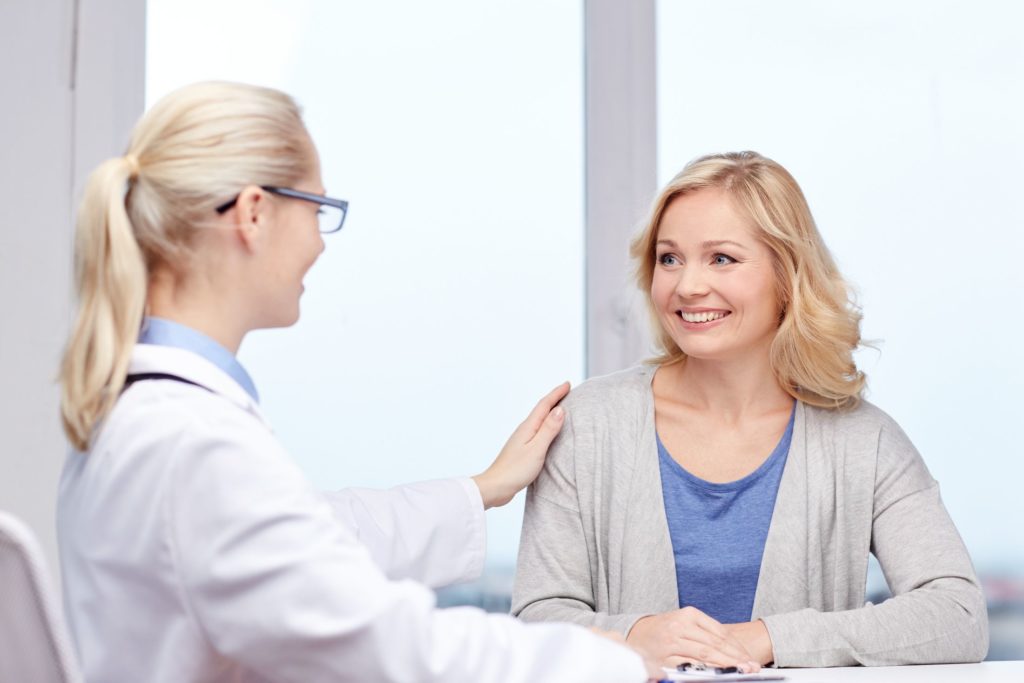There’s a lot of time and effort that goes into orthodontic treatment, whether you’ve spent years in braces or have been wearing Invisalign aligners for a number of months. The day you say goodbye is always an exciting day. It’s been a tedious, hard road to a beautiful smile, and you’ve sacrificed much. But don’t go spiking the football just yet – you’ve got a little further to go! Maintaining your beautiful smile is just as important as creating it. Retention is how you maintain that smile – the second phase of treatment.
The success of your orthodontic treatment depends upon you diligently wearing your retainer. Here at Szymanowski Orthodontics, our patients hear us talk a lot about why retainers are an integral part of keeping their teeth in their new and improved positions. In order to help you understand why retainer use is so essential to preventing your teeth from drifting back into their old placements, we’ve put together this helpful guide.
Gum and bone alignment
After completing your orthodontic treatment, your teeth will naturally want to move back to their pre-treatment positions. Each tooth is held in its socket by elastic ligaments that attach the roots to the bone. The ligaments and bones in your mouth will need to align to these new positions, too. The soft and hard tissues around the teeth can sometimes take a little longer to align to a different position. Additionally, the jaw performs its last growth spurt around the age of twenty, which can cause teeth to move to undesired positions. By wearing your retainer as directed, you help to keep that beautiful smile in place.
A retainer
A retainer is simply a device that keeps teeth aligned after a patient has completed orthodontic treatment. Retainers are custom-molded and designed to fit each individual patient’s mouth. Retainers keep teeth in their desired position (or retain them) using guidance and pressure.
Types of retainers

There are a variety of retainers that can be used at the end of orthodontic treatment. That said, there are two basic types: fixed and removable.
When we remove braces, we give patients two retainers (in most cases). The upper retainer is usually removable and the lower retainer is usually “fixed” or glued to the inside of your front teeth. We take several factors into consideration before deciding which kind would best fit you and your lifestyle, including your specific treatment and the overall compliance expected.
A fixed retainer usually consists of a thin wire positioned across the interior surface of the lower or upper front teeth. This is then bonded into place with a glue similar to the one used to attach braces to teeth. Although a fixed retainer can take a little more work to keep clean, it does tends to have the best outcome overall.
A removable retainer is made up of a wire going across the front teeth, held in place with an acrylic material and clasps. The clasps wrap around the back teeth to keep the retainer stationary. This can also be referred to as a Hawley retainer, and it’s probably the most recognizable retainer. Cleaning your teeth is easier with these retainers, but you will have to remember to wear it daily.
Proper retainer usage
Since all patients have unique needs, we customize post-treatment plans specifically for you. Most orthodontists agree that some type of retainer be worn part-time for the rest of your life after the teeth have been straightened. This is because our teeth begin to show some signs of general wear and tear and may begin to naturally drift as we age. It sounds overwhelming at first, we know! But with a little patience and practice, your retainer will become a part of your daily routine before you know it. Eventually, wearing it two to three nights per week while you sleep should be all you need to maintain your hard-won results.
That said, the usual procedure is to wear the upper retainer full-time for at least 6 months. After that time, you should plan on wearing your retainer EVERY NIGHT for the first year, during which we will be keeping an eye on your retention. We will schedule two appointments 3 months apart and your last appointment 6 months later to evaluate your teeth and bite. Further retainer wear will be instructed at this time.
If you skip wearing your retainer, especially within the first year after removing your braces, it can cause issues. Like we said earlier, teeth can move back to their original positions without a retainer to provide guidance and pressure. Excessive time spent away from your retainer can reverse the results you sacrificed for during treatment. The most common cause of a retainer not fitting anymore is simple: people don’t wear them as instructed. If you lose or damage your removable retainer, or if your fixed retainer comes loose in any area, please contact the office as soon as possible. We’ll be happy to see your smile and ensure it remains so beautiful.
Summing up
As you can see, the success of your orthodontic treatment depends upon you diligently wearing your retainer. It prevents teeth from moving into their desired pre-treatment positions, and there are a variety of retainers and a variety of retention options to fit the unique needs of each patient.

Dr. Szymanowski is an experienced professional who prides himself on providing a caring and honest approach to orthodontic treatment for his patients. The team at the Szymanowski office is committed to giving you the smile you’ve always wanted and deserved. We are a family here and work as a unit to make sure our patients receive top quality care in a professional, comfortable environment. This is our goal with every patient we see!
If you’re in the Sacramento or surrounding area, get in touch with us today to schedule a free consultation. We’re here to get your child started on the path to the very best smile!

 Dr. Szymanowski
Dr. Szymanowski